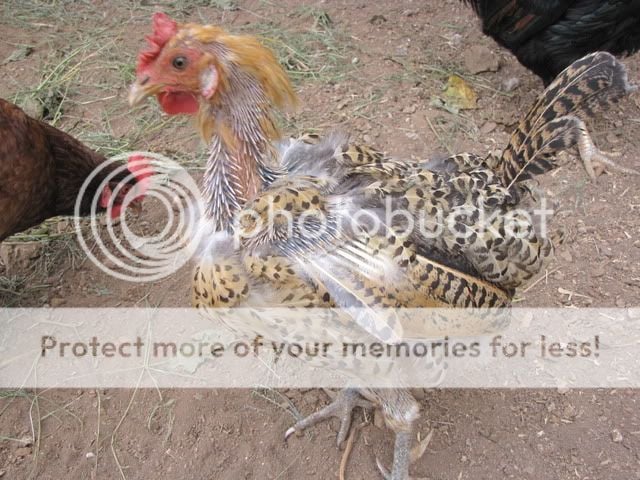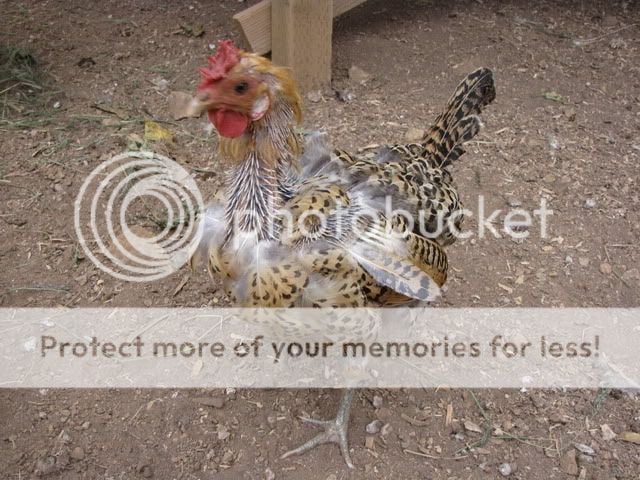Happy Chooks,Yes, it happens every year in the fall, as the daylight hours decrease. Not all of mine have molted yet. I have some that are right in the middle of their molt, and others that are still laying for me, they will molt later.
No, it's not necessarily as hard of a molt every year. It depends on how tattered their feathers are. My hatchery Barred Rock (pictured last year in this thread) looks perfectly fine this year. She looks like she didn't need a hard molt this year. (it's just more fun taking pictures of the hens that molt hard)
"Didn't need a hard molt"? I'm curious as to why they need a hard molt. Seems like their feathers should last a long time. Or am I completely missing the point?








